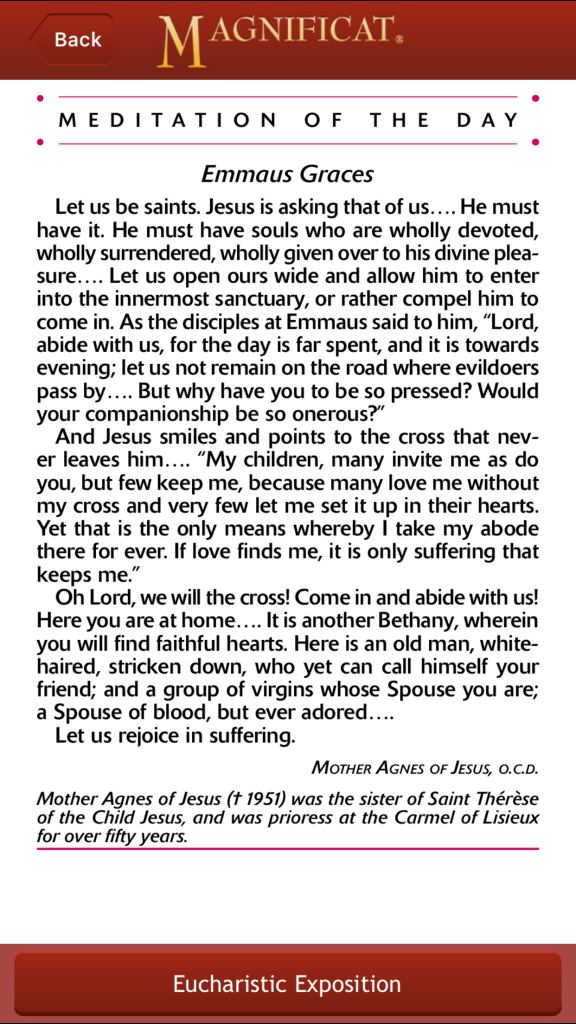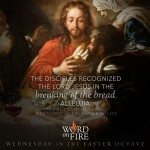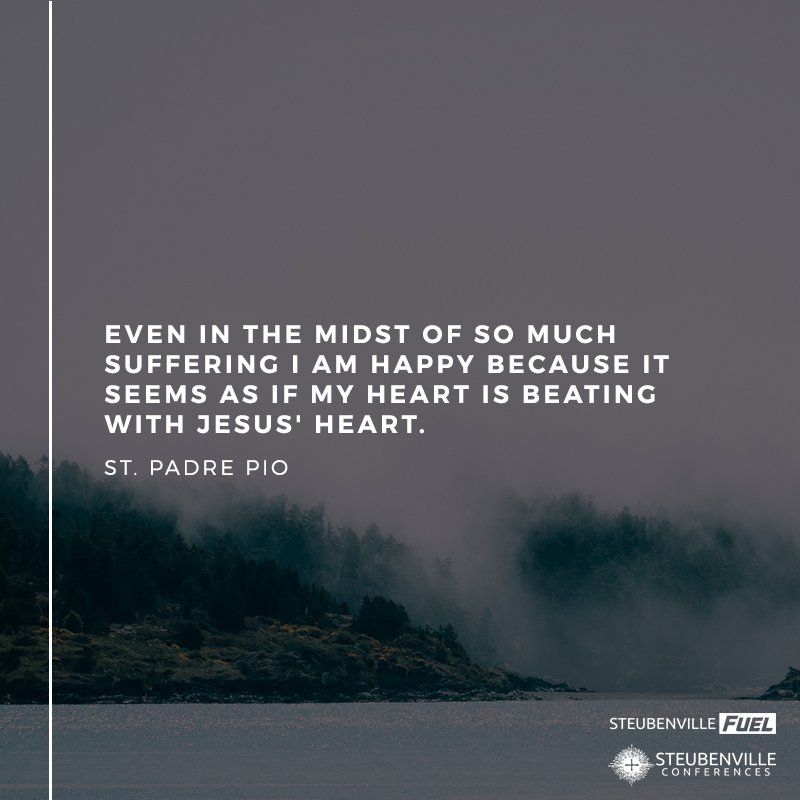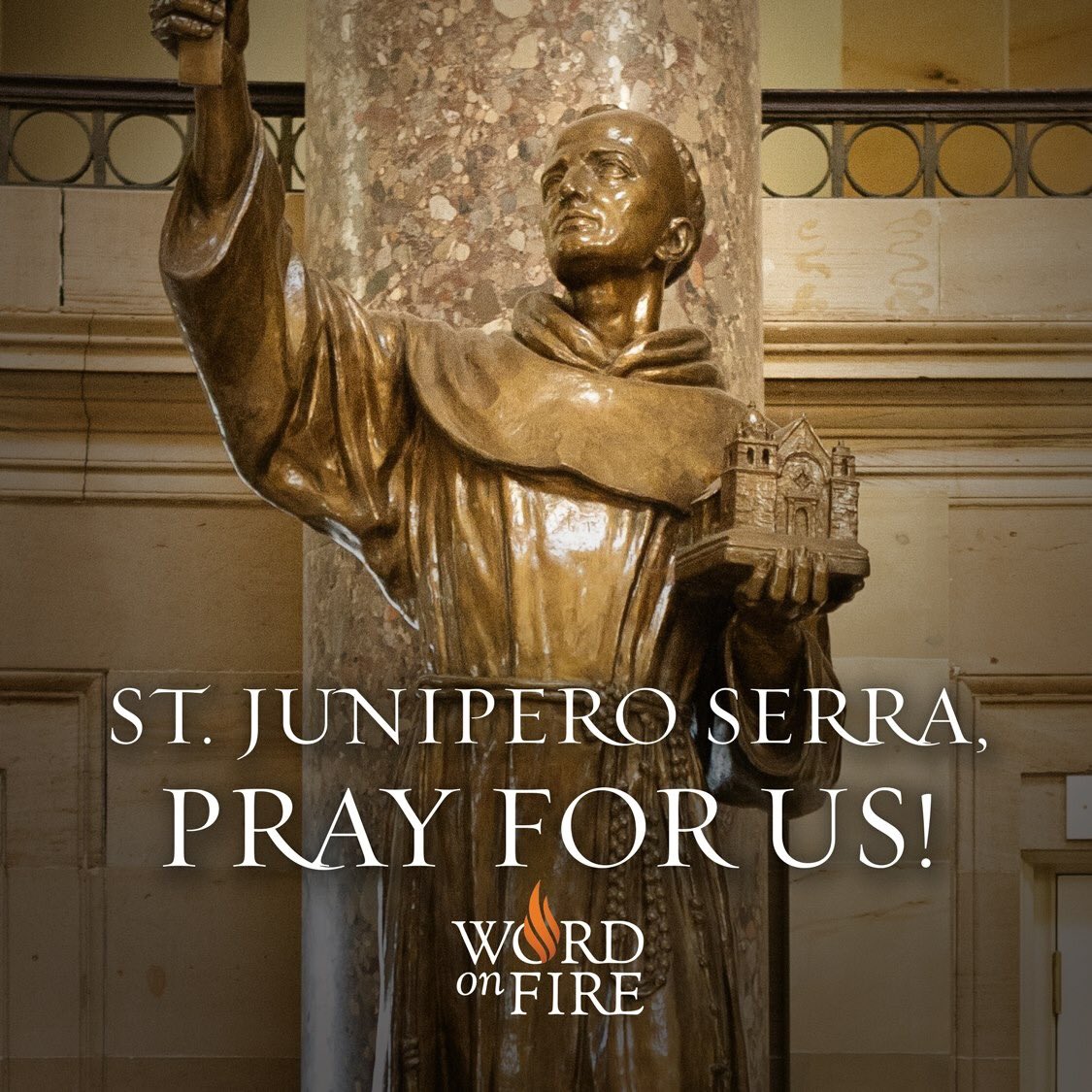Today’s Emmaus Gospel has me thinking about a recent column from Cardinal Dolan on the Full Emmaus.
I wrote a little bit about it here.
Magnificat has a beautiful reflection in its Year of Mercy companion from Fr. George W. Rutler, quite timely with recent controversies over the relevance and efficacy of “thoughts and prayers” and with the predominance of people presuming Mother Angelica is in Heaven. That would be the last thing she would want. She would want us praying for her. Fr. Paul Scalia made this point about his own father at his funeral Mass. Be merciful to those we love and admire — even after they die. And, remember too, in your charity those we don’t know and are most forgotten or least remembered who die today and everyday.
Here’s Fr. Rutler:
To pray for the living and the dead is a natural instinct with a supernatural inspiration. “Say a little prayer for me” is more than a cliché. Praying for the dead may seem a bit stranger, yet even in the most detached heart there is an urge to think of someone who has died. True religion is the antidote to superstitious attempts to contact the departed. With an intimation of life eternal, centuries before the Resurrection, Judas Maccabeus prayed that God might forgive his dead comrades whom he feared might have flirted with paganism: … for if he were not expecting the fallen to rise again, it would have been useless and foolish to pray for them in death. But if he did this with a view to the splendid reward that awaits those who had gone to rest in godliness, it was a holy and pious thought (2 MC 12:44-45)
Saints do not think of themselves as saints. John Vianney tried to flee from his little parish in rural France three times to pray for his “poor soul.” He was convinced that the priest who had trained him, Abbé Balley, was a saint and in this he may have been right, for the dying priest asked Vianney to hide any evidence of his pious practices for fear that people would think that after death he would not need their prayers. Vianney kept one relic of Balley: his shaving mirror. It reminded him to pray for the venerable priest each morning. At present we see indistinctly, as in a mirror, but then face to face (1 Cor 13:12). Saint Paul prayed for the soul of his dead friend Onesiphorous (2 Tm 1:18) and made no distinction between praying for the living and the dead.
The cry of Christ from the cross tore open the veil concealing the Holy of Holies in the Temple. Prayer for the dead “pierces through the veil” between earth and heaven, which is thinner than many think. Souls of the departed in purgatory are closer to bliss than we are. Their suffering is the opposite of the despair of the damned, who are beyond the influence of prayer. It is the ecstatic agony of a birthing mother at the end of her nine months, or the runner in the last seconds of a marathon. In the assurance of their approaching glory, their reciprocal prayers can pour out merciful graces on us who still are in the mercurial world of uncertainties. The worlds of Saint Monica helped her son Saint Augustine at least as much as he could help her: “Bury my body where you will; let not care of it cause you any concern. One thing only I ask of you: that you remember me at the altar of the Lord wherever you may be.”
And in the monthly Magnificat, here is today’s beautiful reflection:
If you’re looking for a way to keep Easter with you, a steady diet of nourishment in being a truly Easter person, living in the gratitude and the grace and the urgency of the greatest gift of God, a subscription to Magnificat is a handy and beautiful way.













